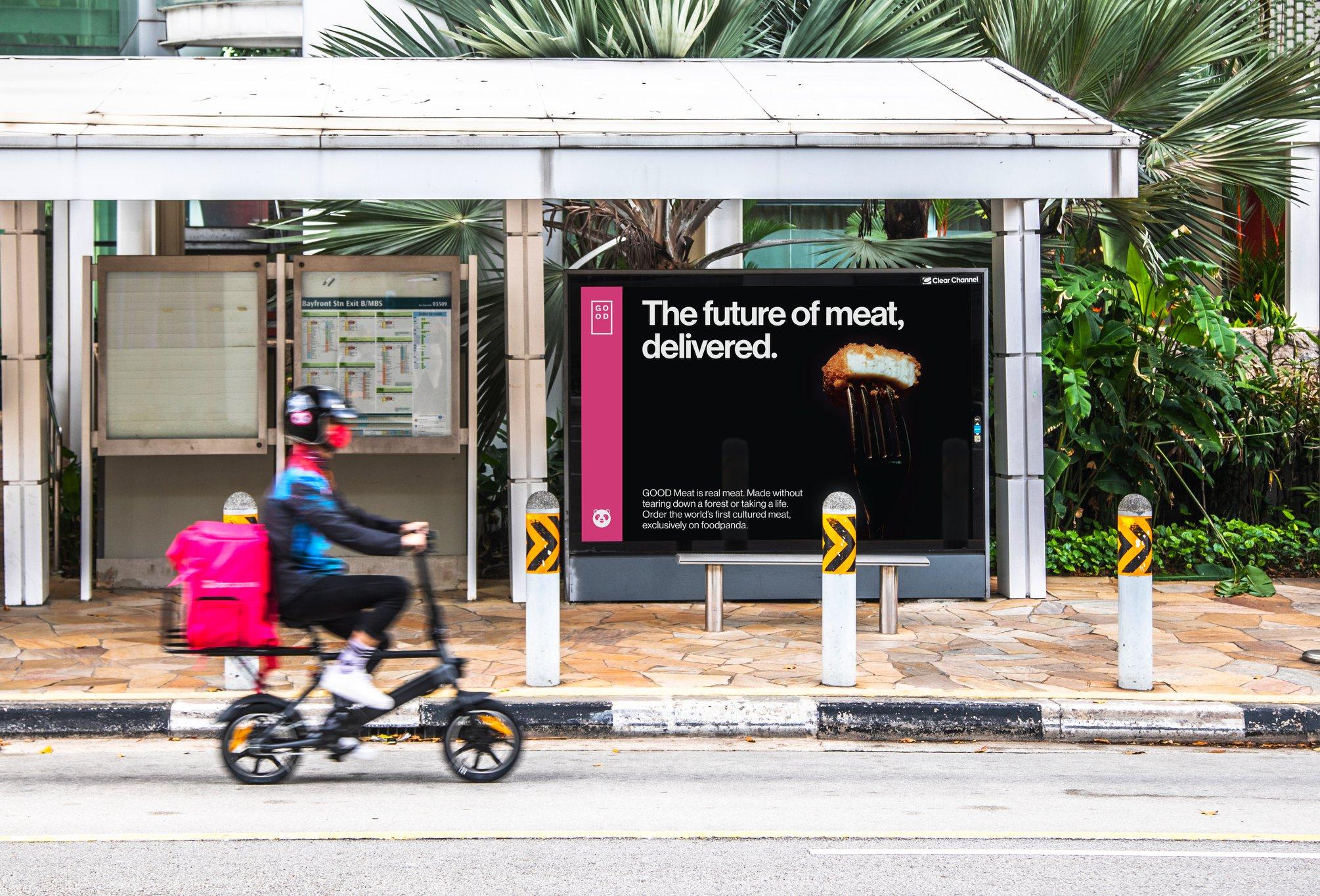Is Lab-Grown Meat Scalable Enough for Retail Investors?
With lab-grown meat stock on the horizon, investors are wondering how scalable lab-grown meat really is. Can the average eater's wallet handle it?
Sept. 27 2021, Published 11:19 a.m. ET
Companies and institutional investors are betting on lab-grown meat, but there's one big problem: it's expensive. As one cultured meat company heads for the public stock market, everyday investors wonder whether lab-grown meat can really work at scale.
Is fake meat, which goes much further than Beyond Meat (NYSE:BYND), good enough for retail investors?
As Eat Just contemplates a multibillion-dollar IPO, the question of scalability comes into focus
In Jun. 2021, a company called Eat Just began talks about an IPO that could reach $3 billion. The multibillion-dollar brand is known for its plant-based eggs sold in grocery stores and restaurants worldwide.
An Eat Just subsidiary, Good Meat, works on cultured meatless chicken products. The brand received regulatory approval for its meat-like product in Singapore in 2020.
That's all good and well, but there's a big problem: the cost of an order of lab-grown chicken nuggets is wildly higher than most eaters can afford (or are willing to pay).
How expensive is lab-grown meat, really?
The cost of producing cultured meat is one thing, but the price that consumers end up paying is another. At current production capabilities, lab-grown meat could cost consumers anywhere from $30–$50 per pound, depending on the facility in question.
Pricier factories, less production
According to the Good Food Institute, which evaluates the alternative protein industry, a meatless meat facility has a projected cost of $450 million. Such a facility would only produce enough lab-grown meat to meet a small fraction of the nation's meat consumption, or about 0.0002 percent of the 100 billion pounds of meat produced in the U.S. each year.
There are a lot of developments to be made in order to keep up with slaughterhouses and bring down prices.
The lab-grown meat industry is chock full of product launch delays
Right now, the cultured meat industry is not nearly as productive as it could be. For example, New Harvest's latest research was predicted to be available by 2020, but that date has been pushed back to 2022.
In a partnership with Dutch Universities, NASA has a lab-grown meat project that's been delayed 16 years (it was first expected to launch in 2005 and is currently expected in 2025).
For retail investors, scalability is a problem that needs to be addressed
For cultured meat, the science is there, but the scalability is not.
According to UC Berkeley-trained chemical engineer David Humbird, a facility producing about 6.8 kilotons of cultured meat per year would still fail to create a cost-competitive product. Depending on the size of the reactors used in the process, the cost per pound of production would range from $17 to $23. That price would increase for consumers.
The good thing about Good Meat
Good Meat plans to go public through its parent company, Eat Just, in Q4 2021 or later. Because of Eat Just's existing product line and revenue, this type of investment would carry much less risk than a startup whose sole proposition is cultured meat.
As Eat Just progresses toward its IPO, retail investors will have a chance to look at the documents. From there, they can determine whether lab-grown meat's lack of scalability can be ignored given the promising plant-based revenue.


